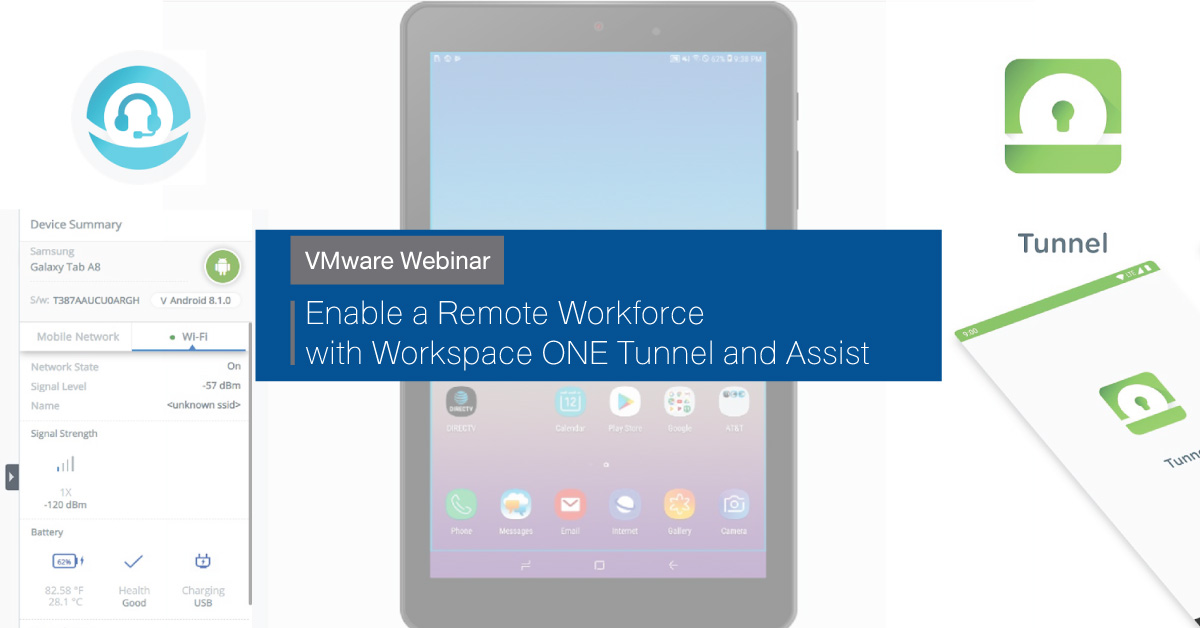

Orphaned – A workspace without a user account with administrator permissions.Deleted – A deleted workspace that still exists in the Power BI service.Active – A regular workspace that is available and accessible.Group – A legacy workspace based on Office 365 groups.PersonalGroup – A personal workspace of a Power BI user.Refer to the following table as a reference. Particularly the Type column might leave you wondering. But if you are not familiar with the cmdlet output, you might find some column values unintuitive. It is noteworthy that the column values in the Workspaces table are aligned with the output of the management cmdlets. More capabilities will come with subsequent interactions, such as the ability to add and remove users from one or multiple workspaces in a single step, recovering deleted workspaces, migrating workspaces to Premium capacities, and upgrading legacy workspaces to the modern experience. There is also a pagination control that lets you display between 5 and 100 workspaces at a time, which is particularly convenient if your Power BI environment contains thousands of workspaces. You can filter and sort the workspaces list and display the details for a given workspace. The initial preview release provides a read-only experience. In this way, the new Workspaces page eliminates the need to use PowerShell for the most common admin operations. This page lists all the workspaces in a tenant and lets you examine pretty much the same workspace properties that you can also obtain from the Power BI management cmdlets. In July, we shipped APIs and PowerShell cmdlets for Power BI management, and recently we also released a preview version of a Workspaces page in the Power BI Admin Portal (see the screenshot below). This has been a great year for Power BI service admins.


 0 kommentar(er)
0 kommentar(er)
